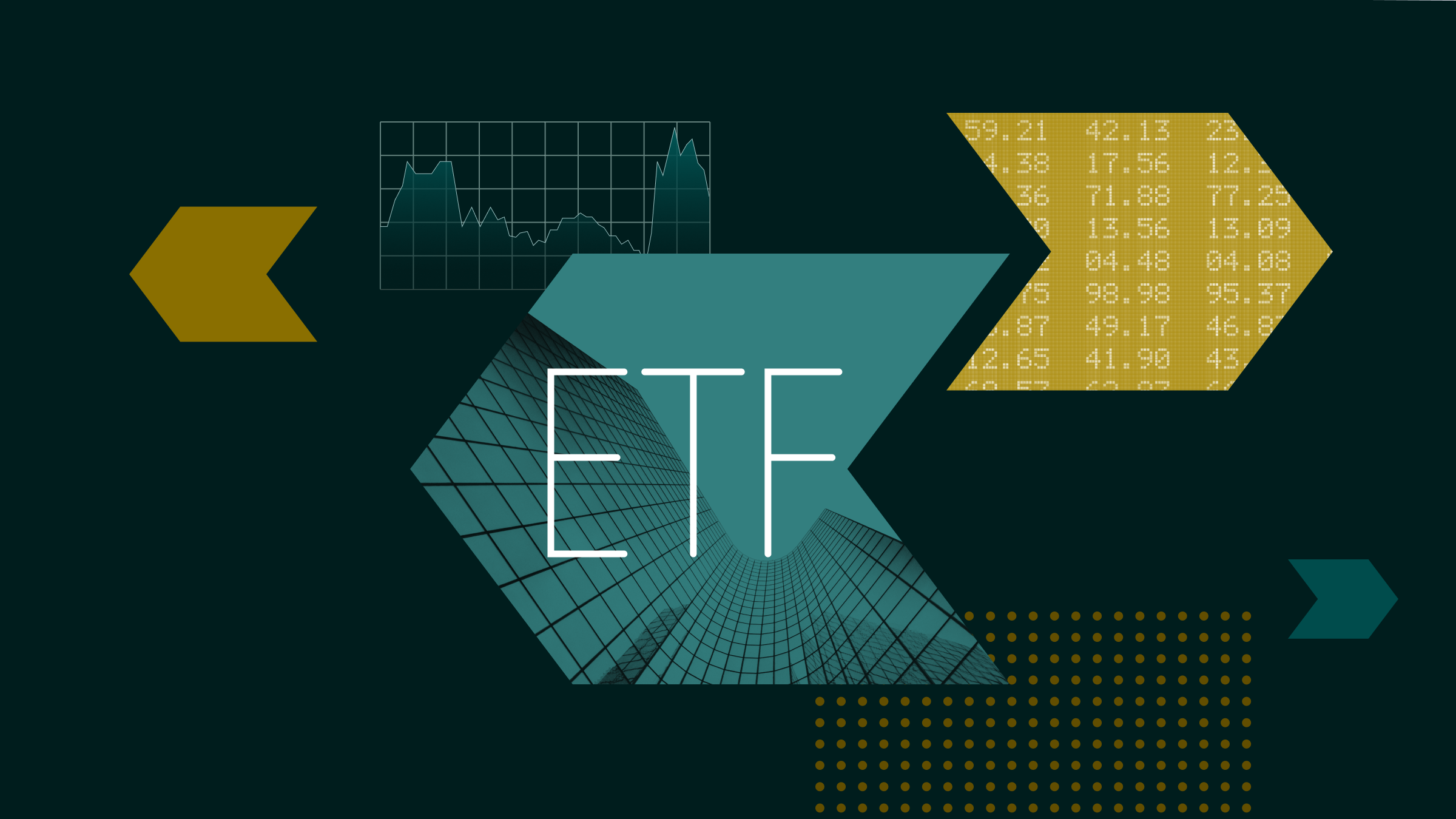This fund’s investment style is different from what its name would suggest. Manager Aled Smith doesn’t focus on growth-oriented companies that are international leaders in terms of market-cap or market share. Rather, he holds a diversified mix of giant-, large- and mid-cap firms with a strong value bent. For Smith, this means he looks for firms that are strong cash generators priced cheaply relative to their sector or historical norms. He chooses his 50-80 holdings also based on what he thinks are signs of recovery from a firm’s internal change, such as new management, business reorganisation, or cost-cutting regime. He holds, fo
r example, small stakes in about four or five Japanese pharmaceutical firms that he thinks should benefit from increasing their R&D and drug pipeline towards their own products, in a shift away from a model that focused more on distribution of Western drugs.
But, because portfolios constructed from the bottom up can often result in unintended risks, (such as being concentrated in one industry, country, or asset class), Smith pays particular attention to the fund’s overall risk profile. To this end, he uses quantitative and qualitative measures, as well as M&G’s portfolio strategy and risk team. In the second half of 2006, Smith divested his stake in rail operator Canadian Pacific because he was overly concentrated in the rail industry. He already held three North American rail firms and, after consulting with M&G’s portfolio strategy and risk team, decided to sell Canadian Pacific because they jointly viewed it as the most volatile and least rewarding of the lot.
The resulting portfolio is reasonably well-diversified by market-cap, but still carries notable risks. For instance, the fund is more exposed to industrials than most, so it may be more vulnerable to cyclical downturns, though this isn’t likely to occur at the same time as his holdings within this economic sector are a mixed group. The fund also has some degree of regional risk as Smith has concentrated in US and Japanese stocks as of late, holding nearly 50% of the portfolio in these combined regions as of December 2006. We think these additional risks, though, are well-monitored and moreover, have been well compensated for in the form of returns back to investors.
This fund’s disciplined, bottom-up style has proven effective thus far, and we think its sound strategy and Smith’s presence make this a fine offering for core, global exposure.

























